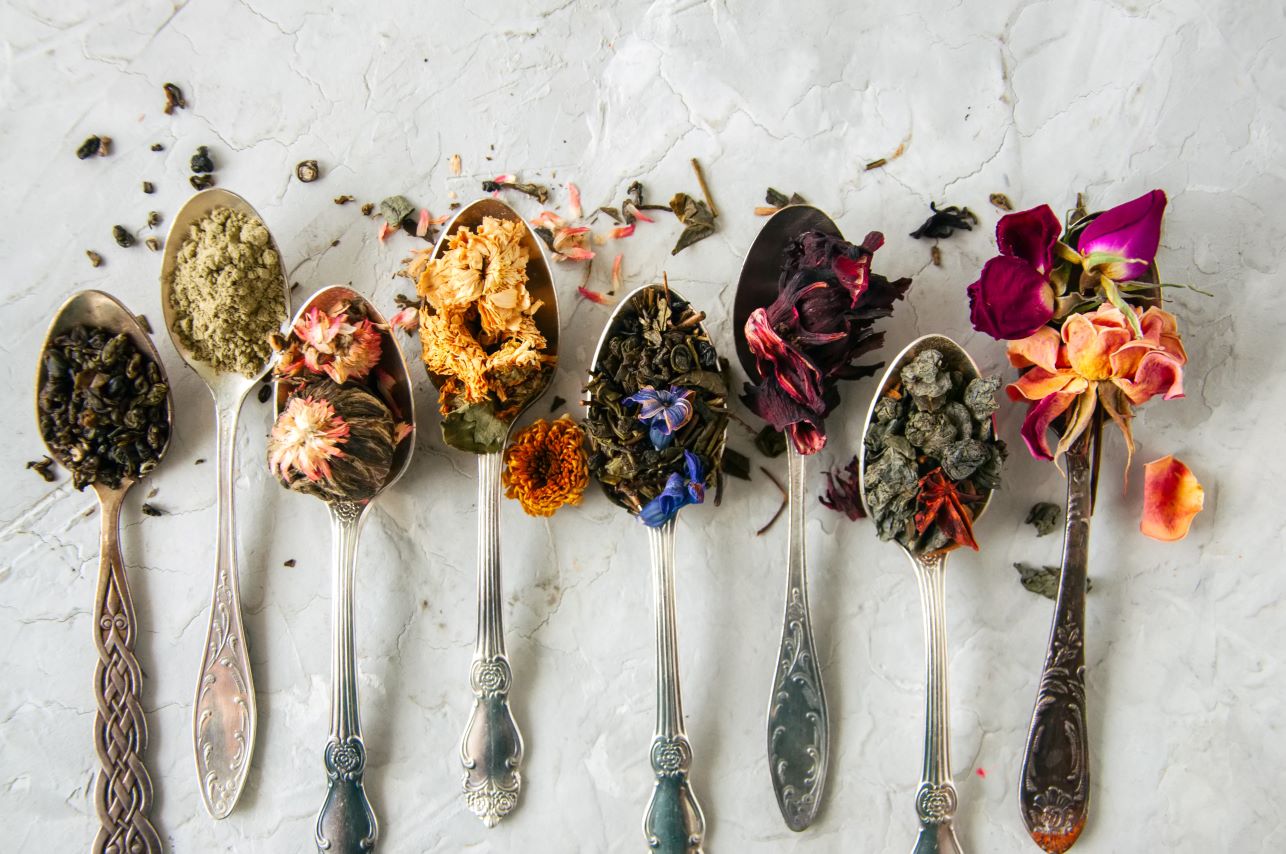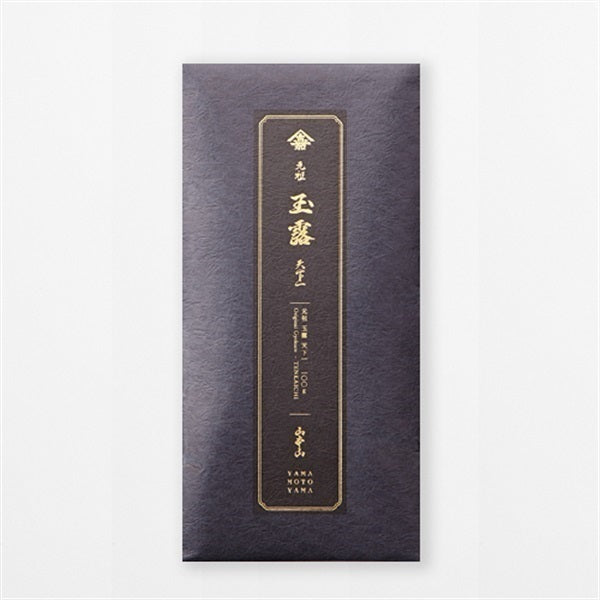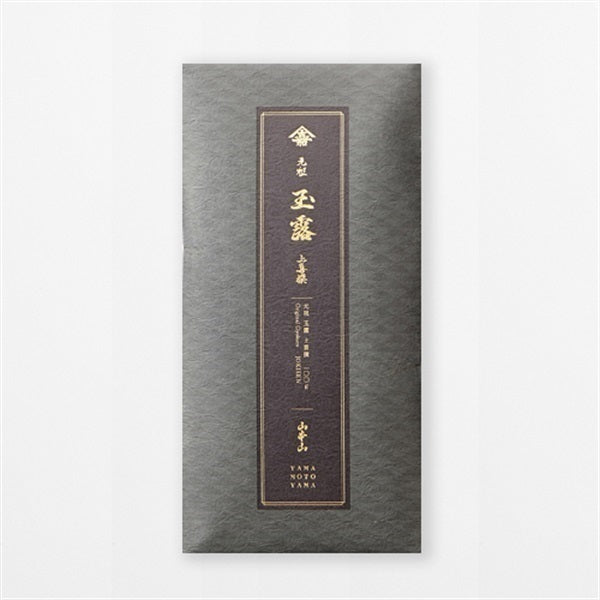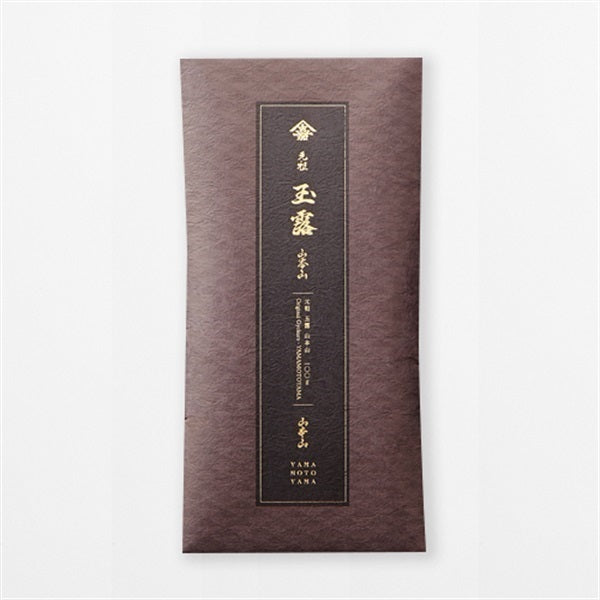
The secret to tea's aroma! What are the ingredients that create that aroma?
Introduction
Tea contains over 500 aromatic compounds, the complex combination of which creates the unique aroma we perceive.
Although not all of these aromatic components have been elucidated, a great deal of research has been conducted to date and little by little we are learning more about the aroma of tea.

Two types of aroma components
These aroma components can be broadly divided into two categories: "natural aroma components" and "aroma components produced by heating."

Fragrance components ① Natural fragrance components
Natural aroma components are those that are naturally contained in tea leaves.
"Green leaf alcohol," which is found in large amounts in fresh leaves, creates a refreshing scent like fresh green leaves, and it is said that this ingredient and its ester compounds contribute to the aroma of new tea.
When the raw leaves are steamed during tea production, their natural grassy aroma is softened to a moderate extent, giving them a scent similar to that of young buds.
In addition, ingredients such as "linalool" and "geraniol," which are also natural ingredients, add a sweet, floral scent to tea, making it more elegant. The types and amounts of these ingredients vary depending on the type and variety of tea leaves.

Aroma components ② Aroma components generated
The aromatic compounds produced by heating also play an important role in the aroma of tea.
When tea leaves are heated during the tea manufacturing process, various chemical reactions occur, producing new aroma components. "Pyrazines" are the main components of the fragrant aroma that is produced by heating, and they characterize the fragrant taste of teas such as sencha and hojicha.

Fragrance components vary by variety
Tea that has a good balance of these two types of aromatic components is generally considered to have a "good aroma," but the balance of these aromatic components varies greatly depending on the type of tea.
For example, green tea has a lot of natural aroma components such as leaf alcohol, and is characterized by a refreshing aroma. On the other hand, black tea and oolong tea have new aroma components produced by fermentation, and are characterized by sweet fruity or floral aromas. 
The impact of different manufacturing methods
The method of tea preparation also has a significant impact on the aroma of the tea.
For example, sencha tea, which is steeped for a short time, retains a lot of highly volatile ingredients such as leaf alcohol and is characterized by a refreshing aroma. On the other hand, deep-steamed tea, which is steeped for a long time, has fewer of these ingredients and is characterized by a mellow aroma. 
Cultivation method and aromatic components
Not only the type of tea and its preparation method, but also the cultivation method affects the aroma of tea.
Gyokuro and Sencha contain a lot of dimethyl sulfide, a component that gives tea a deep aroma similar to that of high-quality green laver. This aroma is produced by growing the tea plants under cover, and is called "covered aroma."
Kamairi tea has a distinctive aroma known as "kama-ka," and although the exact nature of this aroma is not clear, compared to sencha it contains a lot of pyrazines, a fragrant aroma that is produced by heating.
Sencha and hojicha, which is made by roasting lower-grade sencha, are also rich in pyrazines, which give them a fragrant aroma.

Finally
How was it?
The refreshing aroma of tea is produced by the complex interplay of a huge number of aromatic compounds, including some that are still unknown.
Research into the aroma of tea is still in its infancy, but we can expect many new discoveries in the future. By delving deeper into the aroma of tea, we can further expand the ways in which we can enjoy tea.

Tea aroma and main compounds
| The refreshing scent of young leaves | Leaf alcohol and its esters |
| Light and refreshing lily of the valley fragrance | Linalool |
| Warm rose-like fragrance | Geraniol, Phenethyl Alcohol |
| Jasmine and gardenia-like sweet and heavy floral fragrance | Jasmine, methyl jasmonate, ionones |
| Fruity, peach-like, dried fruit-like aroma | Jasmine lactone and other lactones |
| Woody smell | 4-vinylphenol, sesquiterpene indole |
| Bitter green, heavy aroma | Indore |
| Aonori-like smell | Dimethyl sulfide |
| A fragrant aroma produced by heating | Pyrazines, furans |
| Stale tea smell increases during storage | 2.4-heptadienal, etc. |










